What shrubs to plant in the country for site decoration?
Ornamental shrubs are an integral part of a beautiful garden. From them you can create a hedge, decorate the area in front of the house with them, zone the territory in the country. It is advisable to choose the plants so that the flowering of one follows the flowering of the other, and flowering bushes coexist with decorative leaves. At the same time, it is important to take into account the requirements of each shrub to the climatic conditions of Bashkiria and opt for zoned varieties and species. Caring for these plants will not require much effort, and they will decorate the garden all season.
Criteria for the selection of shrubs for growing in the garden
Before planting perennial plants in the garden, you should familiarize yourself with which ones are suitable for growing in Bashkiria.
The main requirements that shrubs must meet:
- the ability to winter with minimal losses;
- drought resistance;
- wind resistance.
The climate of Bashkiria is distinguished by its stability. The main part of Bashkortostan is located in the southern part of the Urals, where the continental climate prevails. Winter is frosty, without sudden jumps and changes in temperature. In winter, thermometer readings are rarely below minus 20-22 ° С. The snow cover is sufficient to prevent freezing of the roots of perennial frost-resistant plants.
The temperature below zero is set at the end of October, and its rise begins in the first decade of April. Return frosts are possible until mid-May, in rare cases, they occur until the end of the month. When choosing shrubs, it is better to plant late flowering varieties so that frost does not spoil the beauty of the plants during flowering.
In summer, there is little rainfall, so it is preferable to opt for plants that are not demanding on the watering regime. There is almost no heat in the summer. Average temperature 20-23 ° C.
Due to the proximity to the steppes of Kazakhstan and the Orenburg region, there are strong winds in summer. It is better not to plant shrubs with brittle shoots.
Advice
The main criterion for the selection of plants - it is important to be based not only on decorative qualities, but also on adaptability to the climatic conditions of the region. Frost resistance and drought resistance will allow shrubs to bloom beautifully and decorate the garden with minimal maintenance. Other plants may need shelter for the winter and constant watering.
Flowering shrubs
Unpretentious flowering shrubs:
- spirea;
- lilac;
- chubushnik (garden jasmine);
- viburnum buldenezh;
- hydrangea;
- bloodroot;
- honeysuckle honeysuckle (liana).
These shrubs are hardy, easily propagate and require watering only in hot weather.
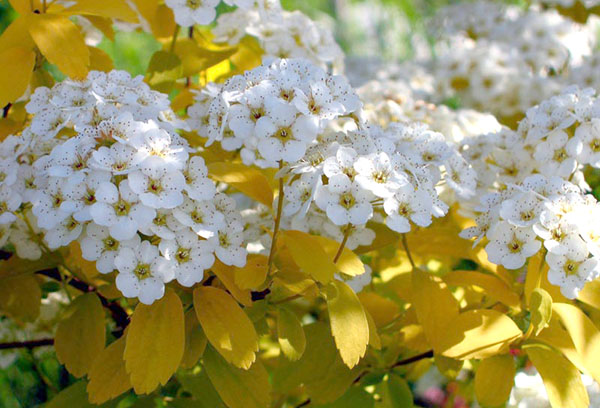
Spirea
Spirea is unpretentious and hardy. It can withstand frosts down to -30 °, it can easily endure drought. So that the flowering is not short, it is advisable to water the bushes once every 10 days. If the site is fertile, you do not need to feed the plant. On poor soils, it is sufficient to apply fertilizer every three years.
Spirea has many varieties. It can be short, about 60 cm, and tall, up to 2 meters. Branches can be erect and drooping. It blooms very profusely, the flowering period lasts up to three weeks. Flowers are collected in caps or panicles, white, yellowish, pink or crimson.
Depending on the species, spirea blooms on the shoots of the current or last year. When pruning, this must be taken into account:
- bushes that bloom in spring on last year's shoots are cut immediately after flowering;
- if the spirea blooms in summer, then the shoots should be cut in early spring.
If you plant several varieties of spirea in the country, then flowering will go in a wave from May to July.
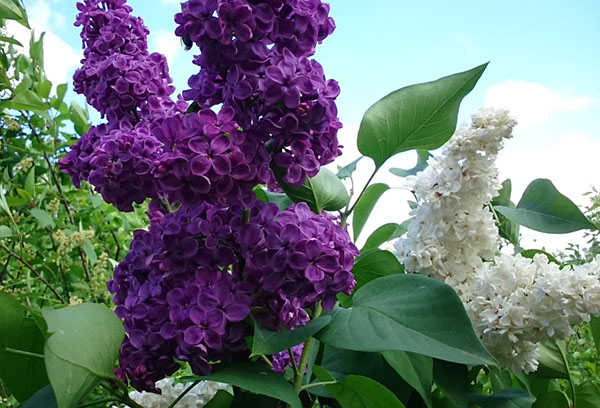
Lilac
Lilac bloom begins at the end of May. The plant tolerates frosty winters, cold winds, in drought it requires watering twice a month.
Lilac gives a lot of growth, therefore it is suitable for growing as a hedge. A single plant is formed as a bush or tree:
- no more than 7 strong shoots are left for the bush, the rest of the growth is cut out annually;
- 1-3 shoots are left for the tree. To form the trunk, the lower branches are constantly cut off at a height of up to 1 meter.
For annual abundant flowering, cut out the faded tops of the shoots. This should be done immediately after flowering, until seeds have formed on the brushes. With late pruning, there will be no flowering next year.
Common lilac is a success. Its flowers are simple and double, the color is white, lilac, lilac, brushes are erect and drooping.
If space permits in the country, then in addition to this it is recommended to plant Hungarian lilacs. It blooms later, after the flowers on the regular lilac begin to dry out. Hungarian lilac does not grow overgrowth, which makes it easier to care for it.
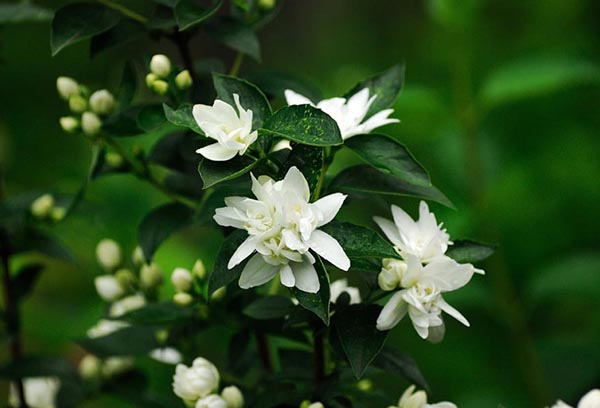
Syringa
Garden jasmine is known to many under the name chubushnik. The bushes are covered with snow-white flowers in early June. By planting several different species, you can create a flowering wave from June to August.
The first to bloom are varieties with simple flowers that have a delicious aroma.
Then the terry types of chubushnik bloom. Small flowers cover the whole plant; the green foliage is not visible because of them. Terry species have almost no aroma.
A full bloom requires a sunny spot, watering during drought and pruning... Thickening, broken and old branches are pruned at the end of summer.
Fertilize the chubushnik once every two years. The plant responds well to feeding with mullein infusion, wood ash and complex mineral fertilizer.
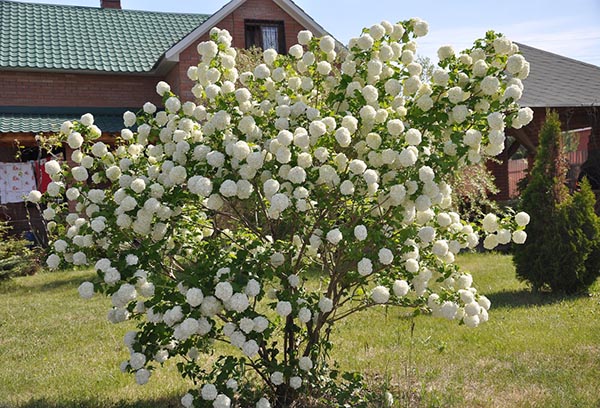
Kalina Buldenezh
Kalina Buldenezh will not leave anyone indifferent. For a whole month, it is covered with large white balls, each of which consists of many small flowers. The bloom is so abundant that under the weight of the flowers, the shoots bend down to the ground.
Buldenezh grows in the form of a bush with several trunks. The maximum height can be up to 2.5 meters. To create a beautiful shape, pruning is carried out annually, immediately after the flowers crumble. A later pruning is unacceptable, because then the shoots with flower buds will be removed and there will be no flowering next year.
For the stability of the plant, the trunks are tied together, sometimes support may be required. Kalina loves sunny places, partial shade is allowed for several hours. In drought, watering is necessary.
It hibernates well, but sometimes some of the shoots may freeze out. They are cut out. This does not affect the decorativeness of the plant.
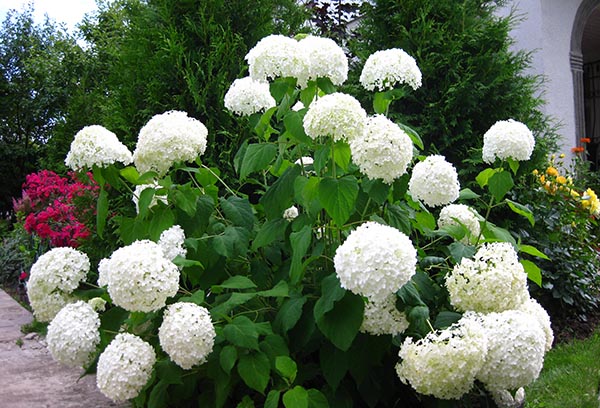
Hydrangea
Hydrangea tree-like retains its decorative properties until winter. The flowers are collected in hats; after light frosts, the petals become translucent.
Grows best in partial shade. In the bright sun, flowers become smaller and are not formed on every shoot.
Pruned in early spring, after the leaves begin to appear. At this time, it is noticeable if there are frozen or dried branches.
In dry weather, regular watering is required.

Bloodroot
Shrub cinquefoil grows up to 1 meter, some specimens may be slightly higher. Its decorative properties are that the crown is thick, in the form of a ball, formed by itself without pruning. The whole bush is covered with small flowers of yellow or pinkish-orange color.
In a sunny place it blooms from two months, starting at the end of June.It is desirable that in the midday heat the shadow of the plants growing nearby falls on the cinquefoil.
In dry summers, abundant watering is required once a week. Pruning is necessary sanitary. It is carried out in the spring, cutting out broken and dried shoots.
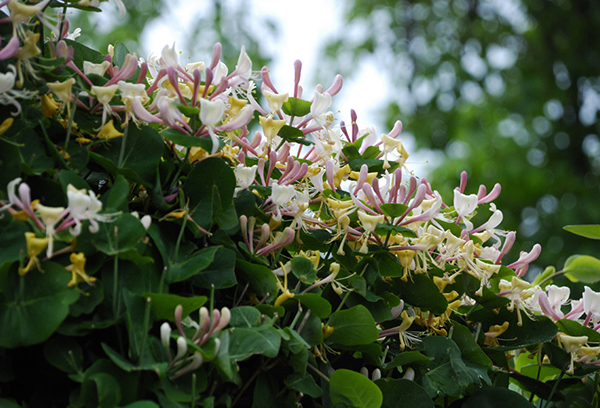
Honeysuckle honeysuckle
Honeysuckle honeysuckle are perennial flowering vines. They are used for vertical gardening, a garter and lash direction are required.
It blooms in late spring or early summer. Flowers of unusual shape, white-pink or yellow. The pleasant aroma can be felt several meters away.
Abundant flowering is possible in bright sun, more leaves are formed in the shade than flowers. Withstands drought for some time.
Winter-hardy, shoots rarely freeze. If this happens, they should trim... For a year, the lashes grow by 1 meter.
Closer to autumn, orange round fruits are formed. They decorate the plant, they are not suitable for food.
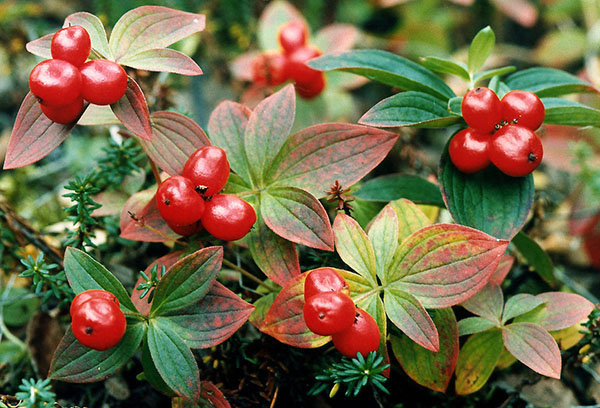
Ornamental shrubs
Next to flowering plants in the country, decorative ones will look great, which are distinguished by an unusual shape or color of foliage.
These shrubs include:

Derain
Derens - the variety of these shrubs never ceases to amaze. Their decorative properties are expressed not only in the foliage of unusual colors, which ranges from light green to variegated... Shoots of some species stand out against the background of white snow in winter. They can be red, green, bright yellow or salmon colored.
Derain is frost-resistant, the shoots are flexible, they do not break from strong winds and the weight of snow. Tolerates both drought and excessive soil moisture.
To maintain a compact form, part of the branches is cut out every two years. The oldest or weakest branches are removed.
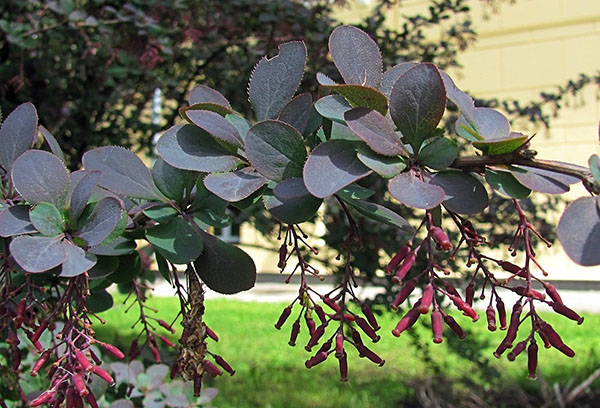
Barberry
An edible barberry is planted to create a hedge. The height of the bushes is up to 2.5 meters, and the thorny thorns make the thickets difficult to pass. Its leaves are colored green. By autumn, they turn yellow and do not crumble for a long time. Long brushes with bright red berries adorn the plant all winter. Birds eat some of the fruits in winter.
To decorate the site, decorative leafy species of barberry are planted. Their color can be yellowish, crimson, brown. In many varieties, the leaves do not crumble in winter, or only some of them crumble. There are plants with erect and arched shoots that droop to the ground.
All types of barberry are winter-hardy and drought-resistant. Pruning is required sanitary - to remove dried branches.
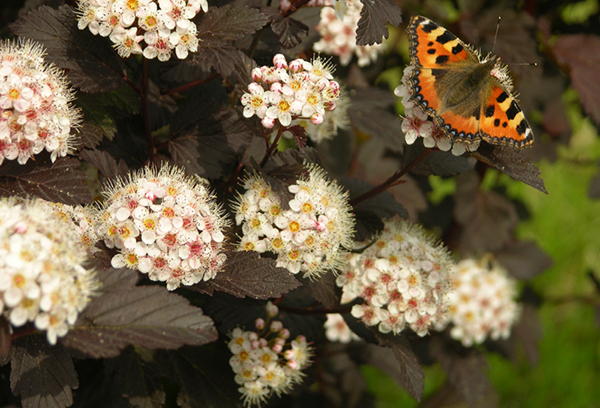
Bubble
This plant has a beautiful foliage color. The bladders with light green and burgundy leaves are popular. It does not bloom for long, small flowers are collected in balls or hats. Due to the many stamens, the inflorescences appear fluffy.
Drought-resistant, occasionally watering is necessary in dry weather. Winter-hardy. Only the tops of the shoots can freeze, which, after pruning, quickly recover.
The bush is grown compact or in the form of a fountain. Compact shape is given by cutting all shoots at a height of 40-50 cm. The upper buds quickly start growing.
If you cut out some of the weak shoots at the base, the remaining branches will stretch upwards, and their upper part will bend in different directions, which will give the bush a beautiful fountain shape.
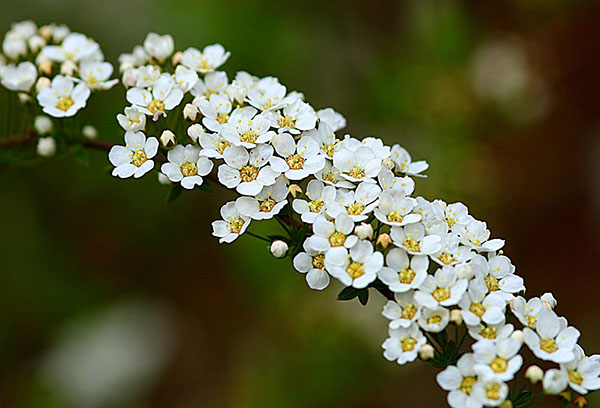
Output
A variety of species and varieties of unpretentious shrubs allows you to design your garden so that it is beautiful throughout the season. Properly selected plants make the garden bloom from May to September, and the ornamental shrub leaves add brightness and contrast.
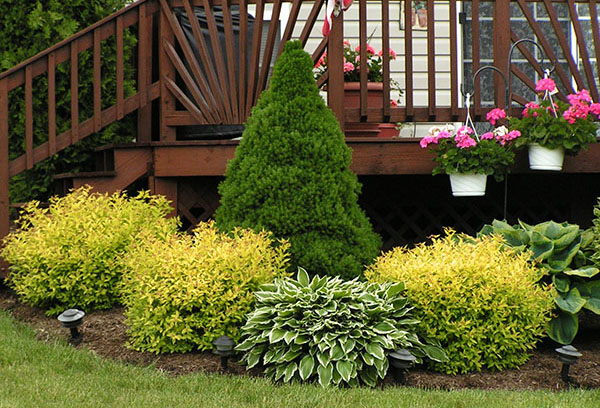
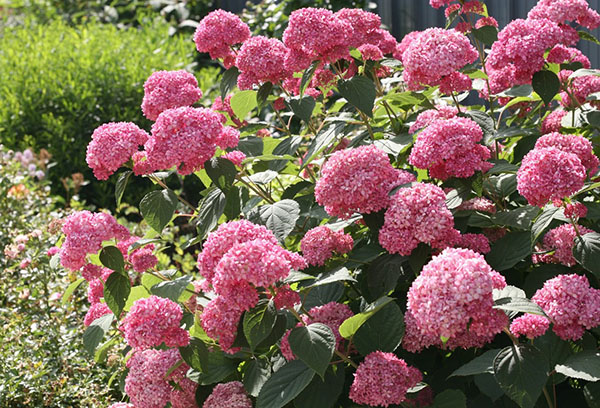
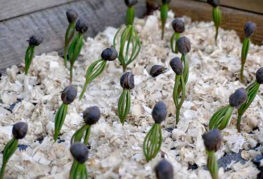
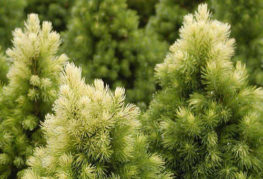
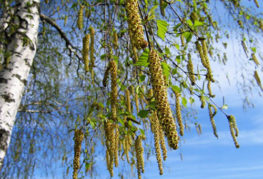
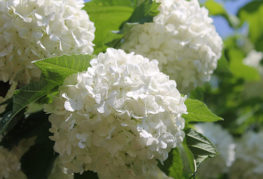
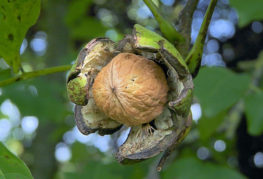
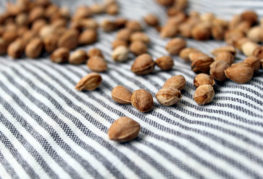
and will be published shortly.